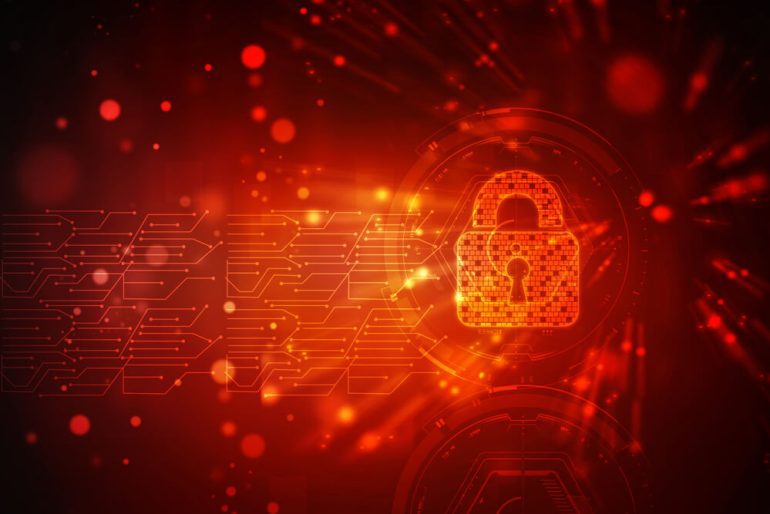- Released by SANS Institute, the 2024 SOC Survey examines global SOC dynamics.
- Highlights include SOC architecture, technology usage, staffing insights, and performance metrics.
- Key findings show Endpoint Detection and Response (EDR) as pivotal, scoring 3.1 GPA.
- AI Generative technologies lag behind with a score of 1.8 GPA.
- Significant increase in non-use of TLS Interception for encrypted traffic noted (34% vs. 25% in 2023).
- 67% of respondents provide metrics to senior management for SOC resource justification.
- Essential SOC functions—from alerting to threat hunting—are universally recognized as critical.
Main AI News:
The 2024 SOC Survey, recently released by the SANS Institute, offers a comprehensive exploration of the current landscape and evolving dynamics within Security Operations Centers (SOCs). In an era where cybersecurity threats are increasingly sophisticated, understanding the intricacies of SOC architecture, technology deployment, staffing strategies, and performance metrics is crucial for organizations worldwide.
Chris Crowley, SANS Senior Instructor and SOC Survey Author, emphasizes the significance of this report: “The 2024 SOC Survey goes beyond mere data; it delves deep into the operational pulse of SOCs. By highlighting best practices and common challenges, organizations can significantly enhance their cybersecurity posture.”
Key insights from the survey underscore the critical role of technologies such as Endpoint Detection and Response (EDR), which received a notable rating of 3.1 GPA, underscoring their pivotal role in fortifying SOC operations. Conversely, AI Generative technologies registered a lower score of 1.8 GPA, revealing persistent challenges in their integration and effectiveness within SOC environments.
A notable trend identified in the survey is the declining adoption of TLS Interception, with 34% of respondents indicating no use—a significant increase from 25% in the previous year. This shift raises concerns regarding visibility into encrypted communications and potential vulnerabilities that may arise.
“The findings from the 2024 SOC Survey provide critical insights into both the advancements made and the enduring challenges faced by SOCs,” Crowley explains. “Effective cybersecurity strategies hinge on understanding which technologies excel and where improvements are necessary.”
Moreover, the survey highlights that 67% of respondents now provide metrics to senior management to justify SOC resources, indicating a growing emphasis on demonstrating operational value and aligning cybersecurity initiatives with business objectives. The survey also underscores the universal recognition of essential SOC functions—from alerting to proactive threat hunting—as foundational to organizational cybersecurity strategies.
For professionals engaged in SOC management, operational oversight, or strategic cybersecurity planning, the in-depth analyses and detailed metrics presented in the 2024 SOC Survey offer invaluable guidance and strategic insights for optimizing cybersecurity defenses and operational efficiencies.
Conclusion:
The 2024 SOC Survey reveals a landscape where Endpoint Detection and Response (EDR) technology plays a crucial role in fortifying Security Operations Centers (SOCs). Despite advancements, challenges persist, particularly in integrating AI Generative technologies and maintaining visibility into encrypted communications. Organizations must prioritize robust cybersecurity strategies that align technology deployment with operational needs to effectively mitigate evolving cyber threats.

